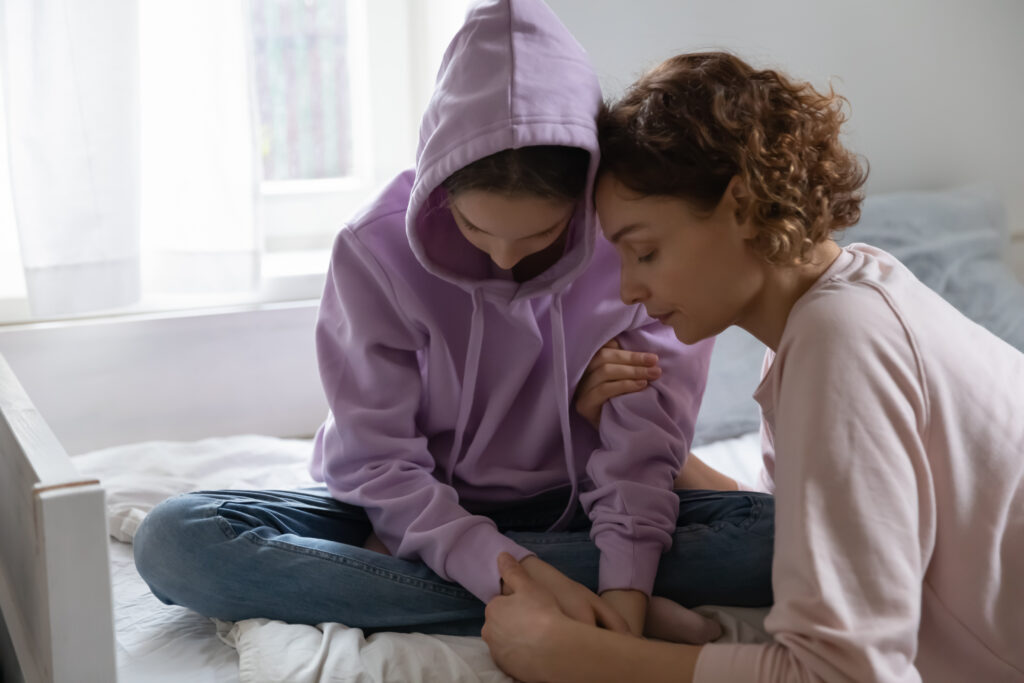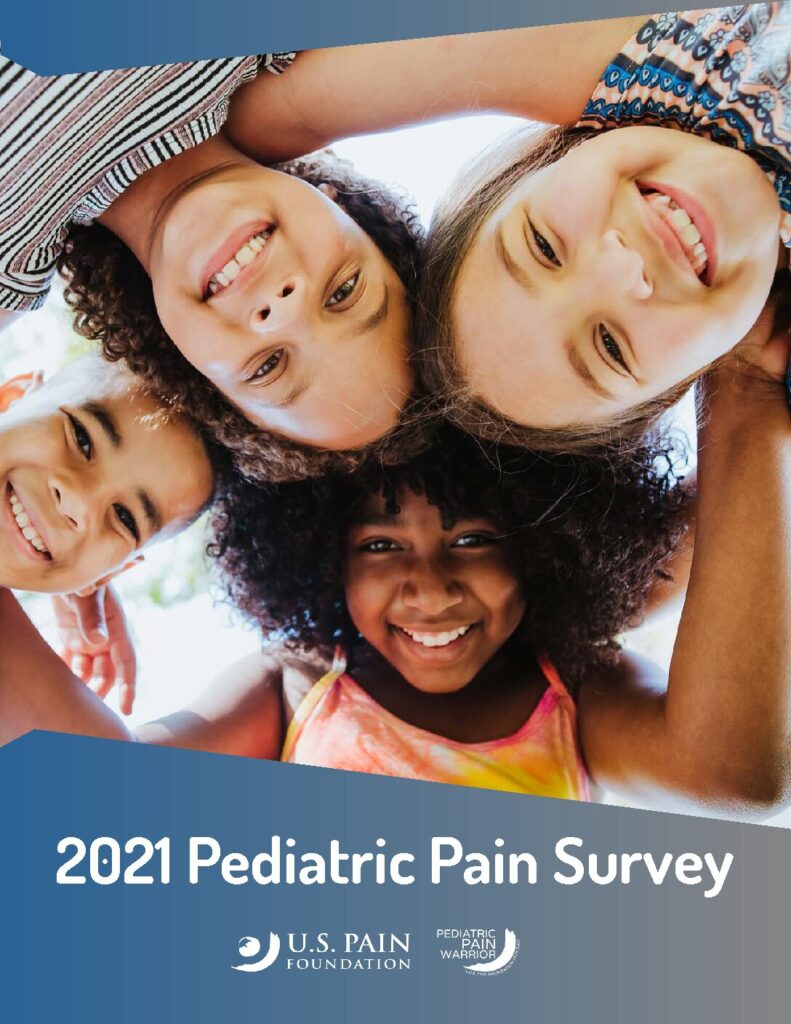
Earlier this year, the Pediatric Pain Warrior program at the U.S. Pain Foundation surveyed 125 families with one or more children living in pain. The results, found in our 2021 Pediatric Pain Report, paint a portrait of families and children affected by chronic pain whose needs are not being met.
Caregivers are forced to cobble together pain management plans across multiple providers, budgets are stretched past their breaking point, and our children face serious quality of life and mental health obstacles.
“Chronic pain is invisible, but this is especially true for children,” says Nicole Hemmenway, CEO of the U.S. Pain Foundation. “It’s our hope that this report can help shine a light on the families and children who desperately need more support to manage their pain.”
Key takeaways from the Pediatric Pain Report include:
Children live with chronic pain daily
Surveyed children were asked about average daily pain level on a scale of 0 to 10, with 10 being the highest pain, the average response was 5. More than half of children (54%) rated their daily pain as a level 6 or above.
When asked how long the child had experienced chronic pain, the large majority —82%— indicated the child had lived with pain for at least 50% of their lives.
Pediatric pain is an underserved, underrecognized condition
Children with chronic pain face needless barriers to care that, while similar to adults with chronic pain, are even more striking due to the age of the patient.
The survey found that 65% of respondents said they can’t find a provider who is knowledgeable about their child’s condition while 58% felt their provider didn’t believe their child or take them seriously.
Comprehensive pain services are not readily available or easily accessible
Less than half of surveyed children with chronic pain have a pain specialist caring for them, which is concerning given the severity of pain reported. In fact, 38% of those surveyed indicated that they would like to see a pain specialist but have been unable to do so.
The cost of caring for a child with chronic pain is daunting
More than 60% of respondents reported having to decline services due to cost, while nearly half of respondents reported paying between $2,500-$10,000 annually on out-of-pocket expenses.
In addition to the medical expenses inherent to health care, pediatric pain families often face employment challenges for the caregivers, with 65% of respondents indicating that caring for their children’s chronic pain needs has impacted their ability to work.
The social and psychological impacts of pediatric pain are life-altering and potentially life-threatening
A large majority (84%) of children with chronic pain surveyed experience anxiety while nearly half (48%) expressed guilt for being sick. Thoughts of self-harm and suicide were, tragically, not uncommon. Even more unsettling is the fact that 4% of kids have attempted suicide.
Children who experience chronic pain also report feeling isolated at a rate of 80%, while 68% report being excluded from social activities due to their health condition. Nearly two-thirds (61%) have had to quit teams or clubs. More than half (54%) reported losing friends due to illness while 34% have been bullied due to their health conditions.
Caregivers of children with pediatric pain want to learn more about medical, rehabilitative, and psychological care options
Respondents were asked the open-ended question, “What types of therapy or medications would you like more education/information about?” While answers varied, the most commonly desired education centered around alternative and integrative medicine and services, followed by pediatric pain management care, mental health care, and experimental or investigational treatments.
Additionally, a significant portion of respondents simply stated: “Anything that will help.”
The Next Step
This is just scratching the surface of the important information found within our Pediatric Pain Report. To view more in-depth statistics and see our suggestions for what steps need to be taken to enhance the quality of care provided to children, please click the button below to access the full report.

